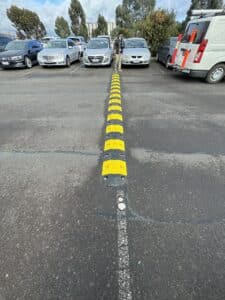
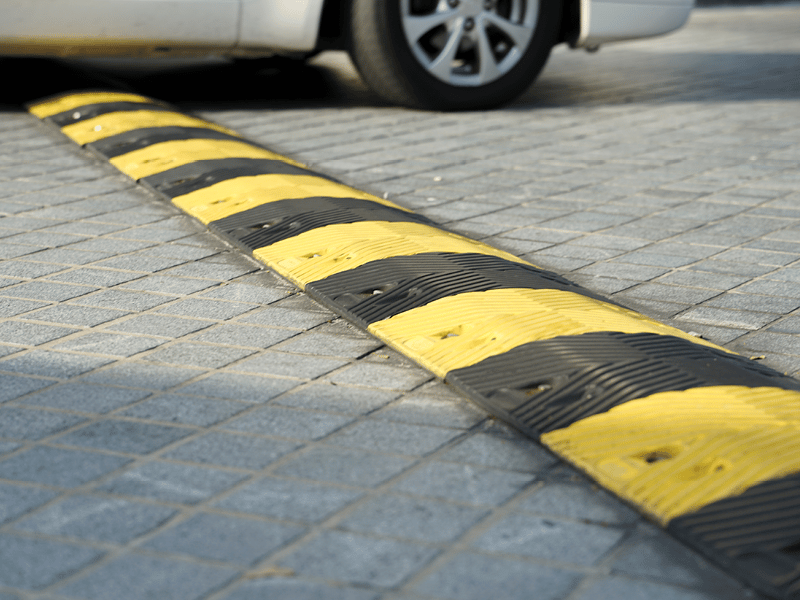
In today’s fast-paced world, traffic calming devices are essential for creating safer, more pedestrian-friendly streets. These devices improve road safety and enhance our communities’ quality of life by addressing issues like speeding and congestion. From speed humps to roundabouts, the diversity of traffic calming solutions highlights how thoughtful design can lead to safer streets. Let’s explore some of the most innovative traffic-calming devices and discuss their impact on road safety.
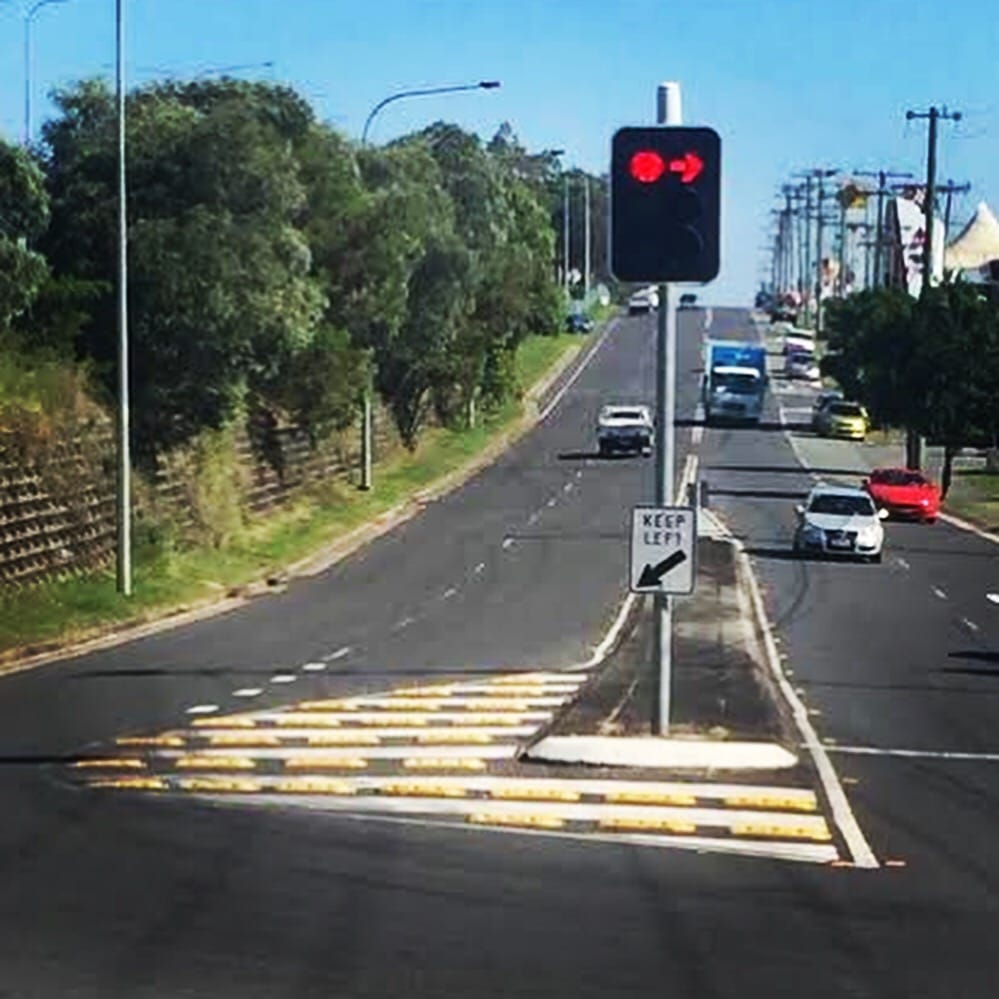
Traffic calming devices reduce vehicle speed, minimise accidents, and improve safety in residential areas and urban centres. These devices physically or visually alter the road environment, encouraging drivers to slow down. Studies show that streets equipped with traffic calming measures see up to a 30% reduction in traffic speed and a notable decrease in accident rates, particularly for pedestrian-related incidents.
Effectiveness varies by type and placement of the device. For instance, speed humps are highly effective in residential areas with moderate traffic, while roundabouts are better suited for busier intersections. Municipalities can tailor their traffic-calming strategies to specific environments by employing various devices, creating safer streets for all road users. Additionally, these devices often improve traffic flow, as slower speeds can reduce stop-and-go traffic in congested areas.
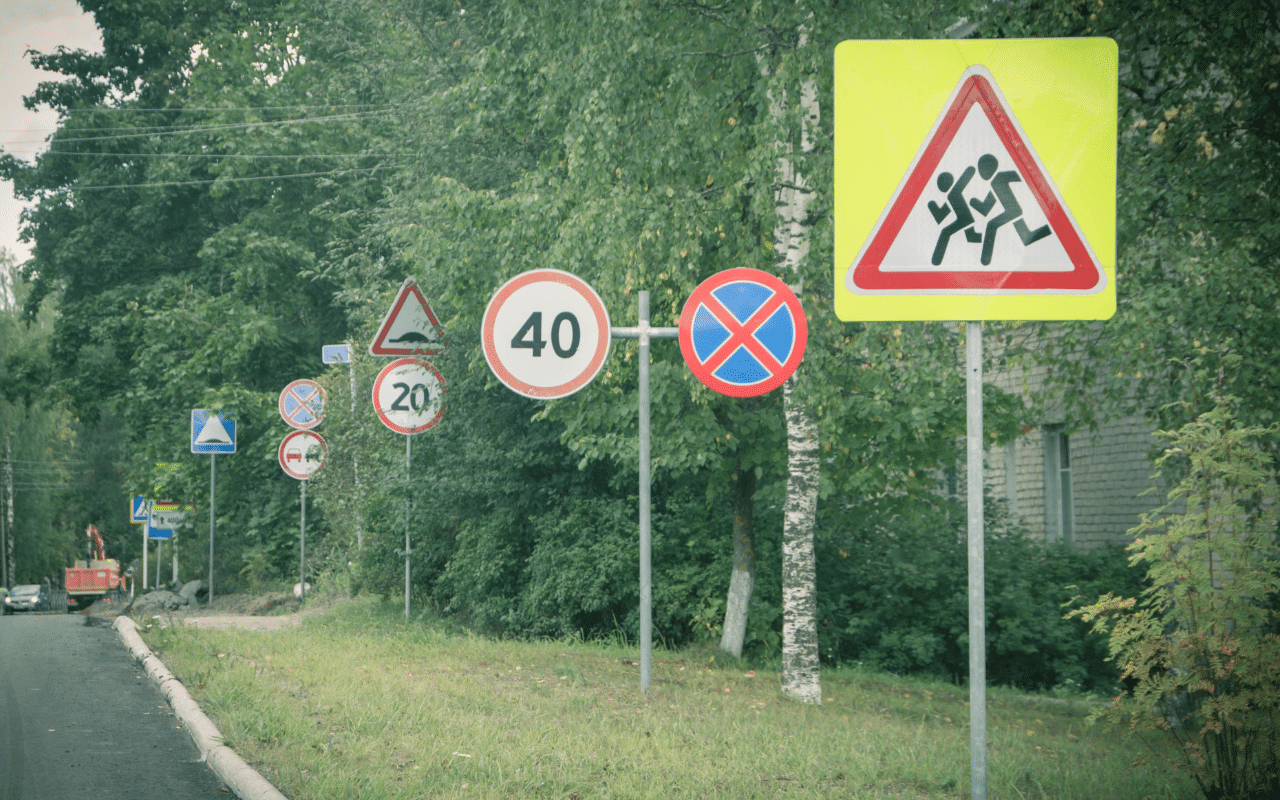
Traffic calming devices come in many forms, each designed to address particular safety challenges. Below are some of the most common and practical examples:
These highly customisable devices allow cities to choose solutions that best fit their traffic needs and road layouts.
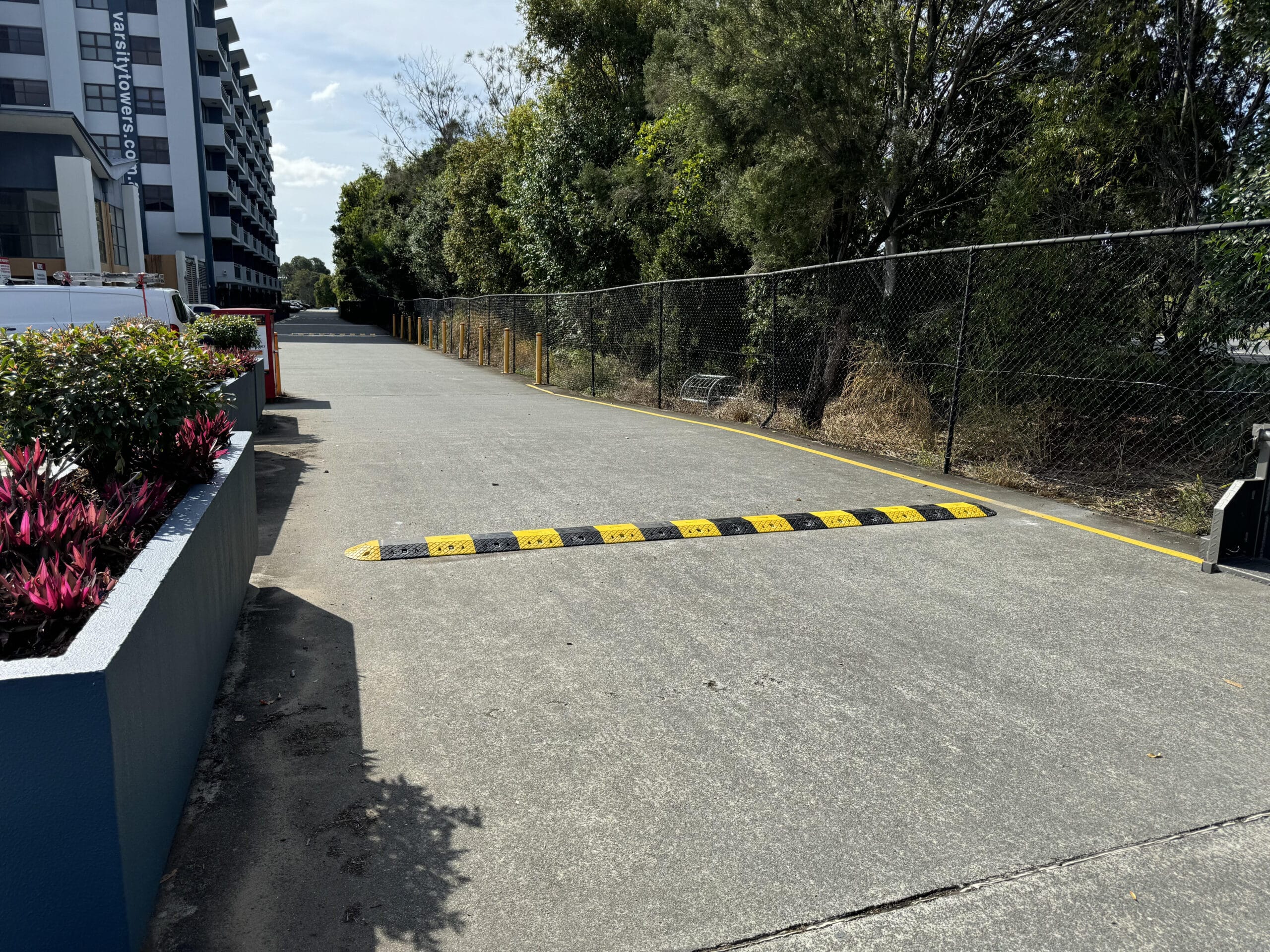
Traffic calming treatment combines design elements and devices to reduce speeds, minimise traffic, and enhance safety. Treatments vary widely. They may involve a mix of devices such as speed humps, traffic circles, signage, and road narrowing. By employing a cohesive traffic calming treatment, urban planners and municipalities can create streets that better accommodate pedestrians, cyclists, and motorists alike.
Successful traffic-calming treatments usually follow these steps:
This comprehensive approach to traffic calming treatment emphasises collaboration between planners, law enforcement, and the community, leading to safer and more efficient roadways.
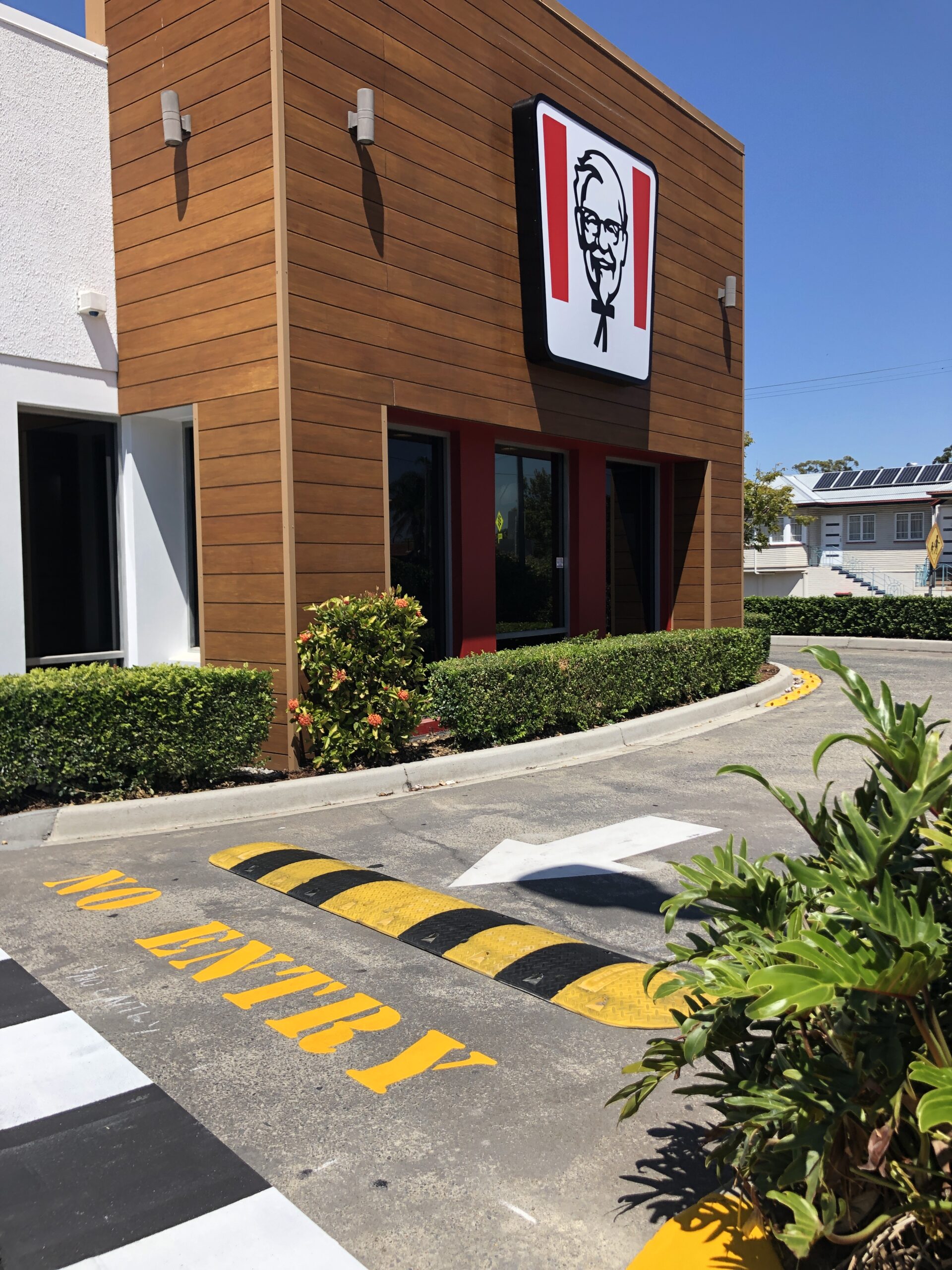
While traffic calming devices offer many benefits, they have drawbacks. Here are a few disadvantages to consider:
Despite these drawbacks, the advantages of traffic calming often outweigh the disadvantages, mainly when devices are strategically implemented to balance safety with driver convenience. As a company committed to safe and effective traffic management, we at Speed Humps Australia continually refine our products to provide optimal solutions for both safety and convenience.
Incorporating innovative traffic calming device is essential for creating safer, more efficient streets. By leveraging a combination of speed humps, roundabouts, chicanes, and pedestrian islands, municipalities can significantly reduce speeding, lower accident rates, and create more pedestrian-friendly environments. While traffic calming devices have disadvantages, such as potential delays for emergency vehicles and noise concerns, these issues can be mitigated with thoughtful design and planning.
Whether it’s a residential street needing speed reduction or a busy intersection requiring a roundabout, traffic calming devices are adaptable tools that can transform streets for the better. We at Speed Humps Australia are proud to support these initiatives, providing high-quality, durable traffic-calming solutions that make communities safer. With the right mix of devices and a focus on innovation, traffic calming will continue to play a critical role in designing safer streets for everyone.

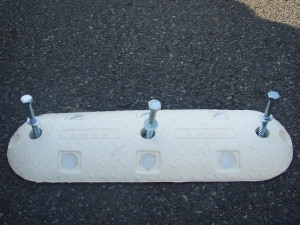

For 10 years, our focus has been on one thing: to provide one style of product and to do it well.
Our wheel stops, speed humps and rumble bars meet Australian Standards, don’t fade, and we’ve never needed to replace one.

For 10 years, our focus has been on one thing: to provide one style of product and to do it well.
Our wheel stops, speed humps and rumble bars meet Australian Standards, don’t fade, and we’ve never needed to replace one.